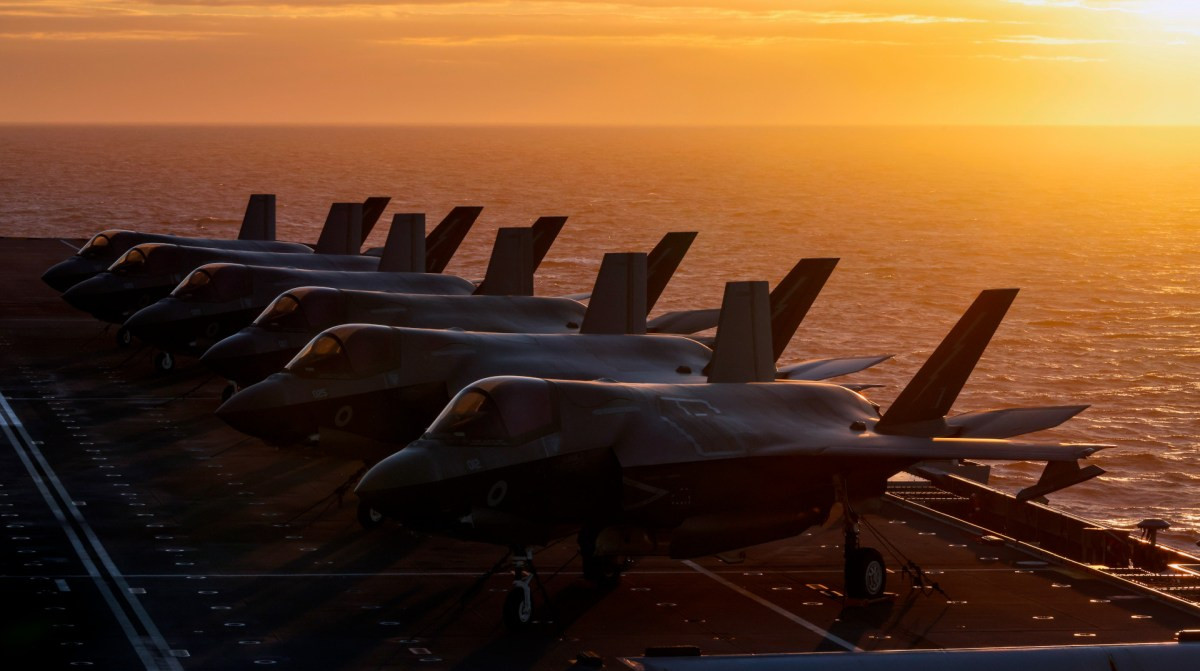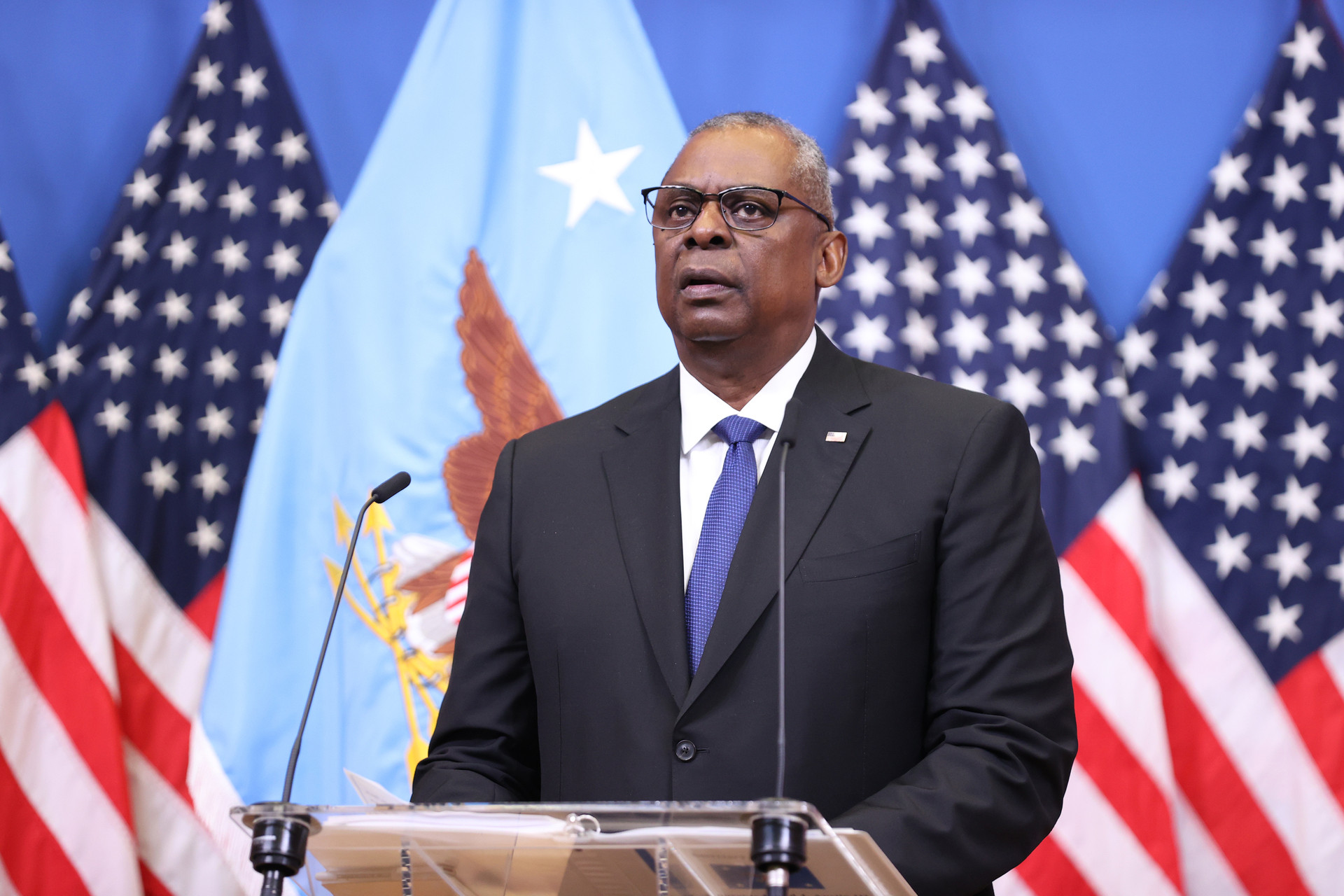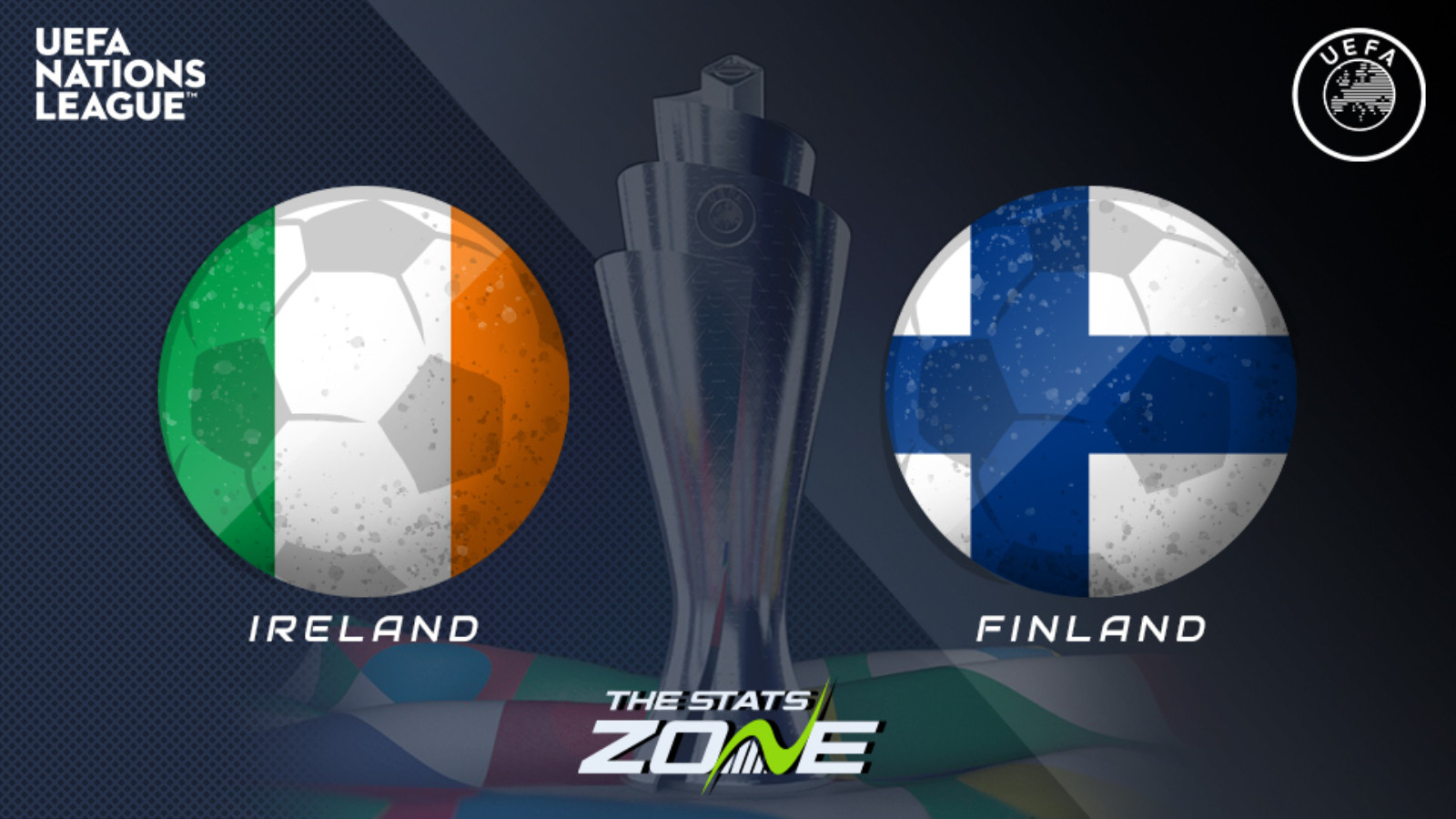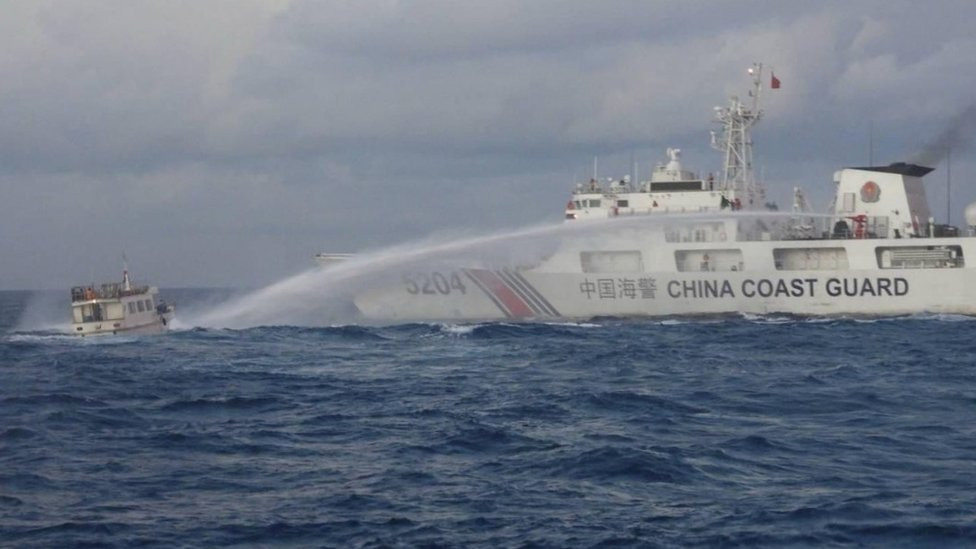The Growing Gap: Why the US Is Spending Billions on Ammunition While Canada Lags Behind
IMT Group, a Canadian engineering firm specializing in metal casings for 155-millimetre artillery shells, has seen a surge in demand since the Russian invasion of Ukraine. However, this demand has not come from Canada's Department of Defence (DND), but rather from the U.S. Defence Department, which has invested hundreds of millions of dollars in IMT's new facility.
Despite the urgent need for ammunition, Canada has been slow to invest in its own production. While Budget 2024 allocated $1.8 billion over five years to build up a reserve of ammunition, that money does not start to flow in earnest until 2027–28.
"There has been a massive failure to launch on the part of Canada. I question whether they actually want to create a strategic reserve," said Christyn Cianfarani, president of the Canadian Association of Defence and Security Industries. "There is no sense of urgency and there is even a poison pill, where ‘private sector beneficiaries’ are asked to contribute to re-tooling their facilities."
The US Leads the Way
In contrast to Canada's lack of urgency, the U.S. has taken a proactive approach to addressing its ammunition shortage. A new report from the Pentagon reveals that since Russia's invasion of Ukraine, the U.S. has spent US$5.3 billion on ammunition and missile systems, resulting in a 178 per cent increase in shell production to 40,000 a month, with a target of 100,000 a month by the end of next year.
The report also highlighted the efforts of other NATO allies, such as France and Sweden, which are doubling their ammunition production capacity by 2025. Germany, Spain, Hungary, South Africa, and Australia are also planning to increase production by an additional 700,000 artillery shells a year, while Romania is set to open a new gunpowder factory.
Canada, however, has not augmented its regular artillery shell production by even a single percentage point since the invasion of Ukraine.
A Lack of Urgency
The DND has been criticized for its slow response to the growing need for ammunition. In late 2022, the then chief of the defence staff, Wayne Eyre, urged defence companies to shift to a "war footing" to ramp up production. However, he acknowledged that such a move required the Liberal government to commit to long-term contracts, just as the U.S. has done. That has not happened.
The DND has issued a request for proposals (RFP) to establish a domestic manufacturing capability to produce artillery fuzes necessary for shells. However, the delivery date is listed as being the end of June 2027, by which time the war in Ukraine will have been going on for five-and-a-half years, in the unlikely event that the Ukrainians have enough ammunition to keep fighting.
Eyre told the House of Commons committee last fall that Canada has not produced an additional round of ammunition since the Russian invasion and is down to what would be a few days’ supply if it were forced to fire its big guns at the same rate that Ukraine is.
Blaming Industry
A memo from Bill Matthews, the deputy minister of defence, to his then defence minister, Anita Anand, obtained by the Ottawa Citizen in fall 2023, blamed industry for the lack of progress, saying there were a "variety of reasons" why munition suppliers were unable to provide the type or quantities required.
However, Cianfarani refuted Matthews' claims, stating that the main reason is the government's failure to sign firm, multi-year contracts to secure those capabilities. The experience of the Afghan War suggests that industry does have the surge capacity when required. A study completed in 2015 suggested GDOT-C quintupled production and cut delivery times in half when demand was highest.
Beyond Ammunition
One recent red flag is the news that China is sending its three icebreakers to the Arctic to co-operate with the Russians against NATO’s presence in the polar region. China describes itself as a “near-Arctic state” and has started construction on its fourth icebreaker to take part in joint patrols with the Russians. The two countries have signed a joint communiqué agreeing to develop shipping routes and polar ship technology.
At the NATO summit in July, the U.S., Canada and Finland responded with an initiative to collaborate on the production of polar icebreakers. Yet, Canada and the U.S. are not blessed with resources: the Americans have only two functioning icebreakers, while Canada’s only heavy icebreaker, the CCGS Louis St-Laurent, is aging and expected to retire from service in 2030. Seaspan Shipyard in British Columbia said it will not start cutting steel on the Louis St-Laurent’s replacement until later this year and industry observers are skeptical that the yard will be able to deliver a new polar ship in the allotted time.
A Pattern of Complacency
The Americans’ surge in ammunition production has proven that assertion to be false and exposed a governing class with an apparently infinite capacity for complacency.
Adherence to the Latin adage “si vis pacem, para bellum” (if you want peace, prepare for war), has helped make most of the world safe for democracy for the past 80 years. As the danger levels have risen, 23 of 32 NATO countries have now met the defence-spending target of two per cent of GDP that is today more widely seen as a floor, not a ceiling. Canada says it will get there in 2032.
Conclusion: A Wake-up Call
Canada's lack of preparedness is a concerning trend that could have serious consequences for our national security. While our allies are investing heavily in defense and modernization, Canada is lagging behind, with a pattern of complacency and a risk-averse bureaucracy that seems more interested in avoiding mistakes than ensuring our readiness. This needs to change. Canada must demonstrate a clear commitment to its defense obligations and invest in the necessary resources to ensure the safety and security of our nation.


















